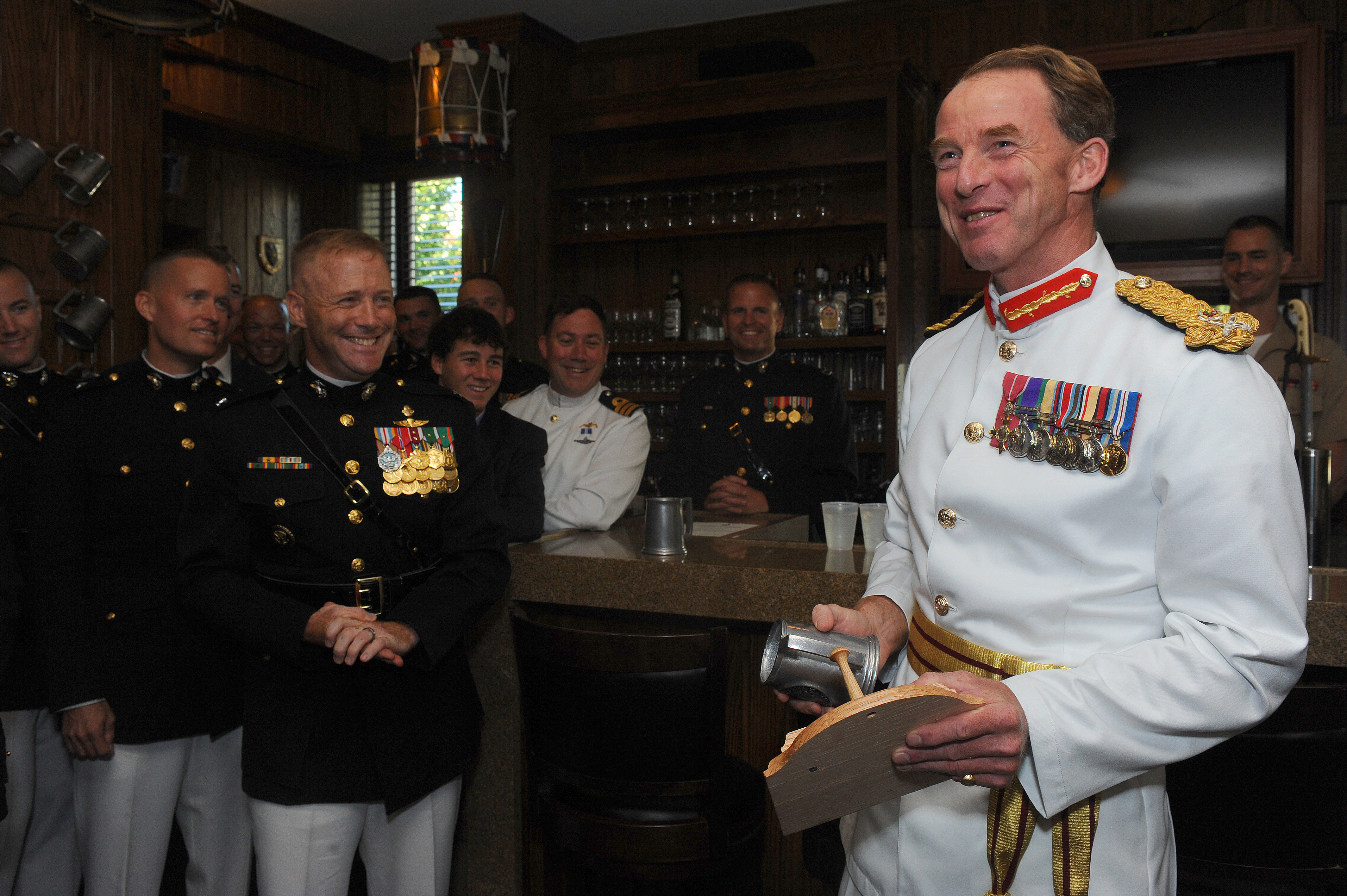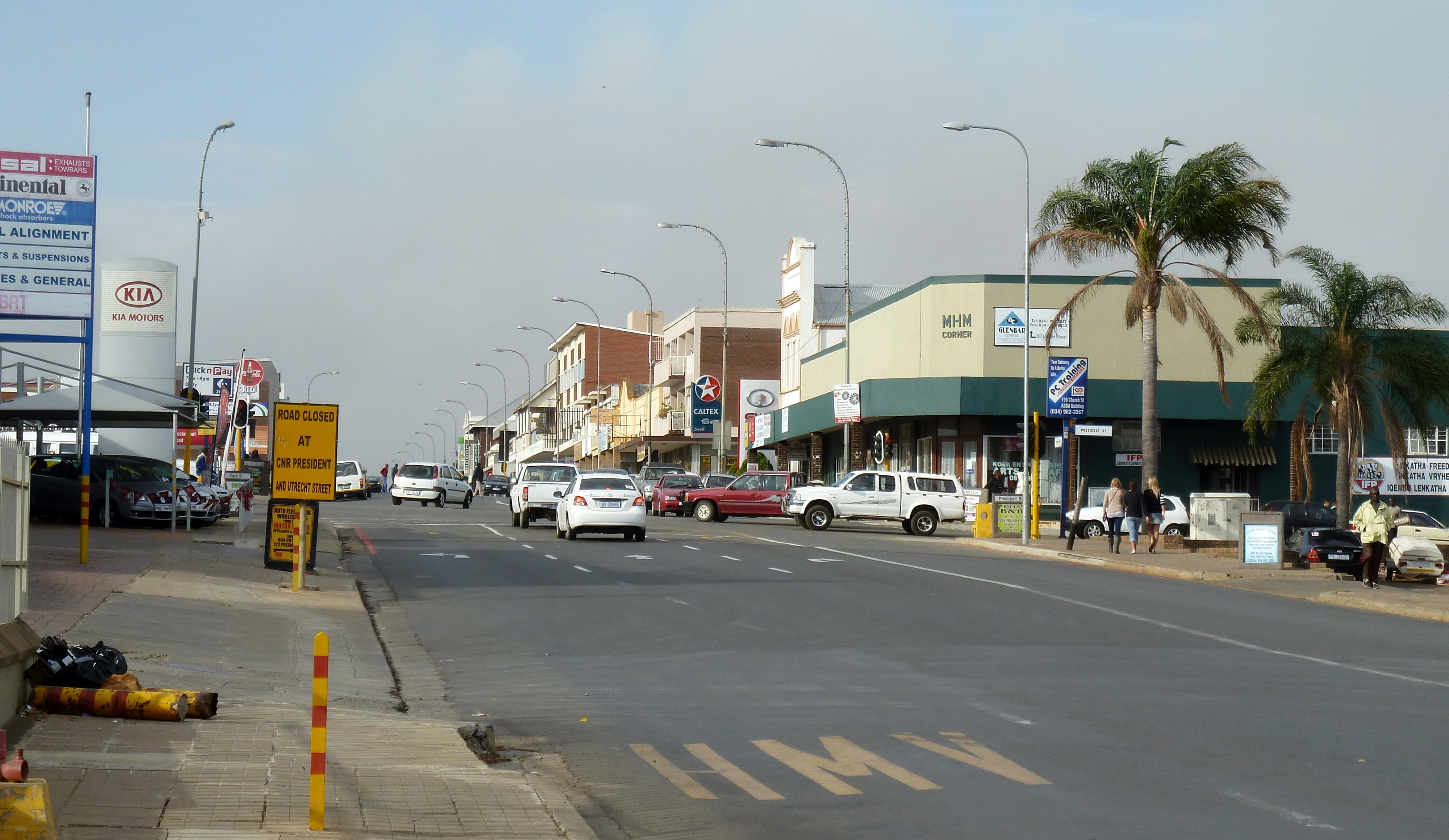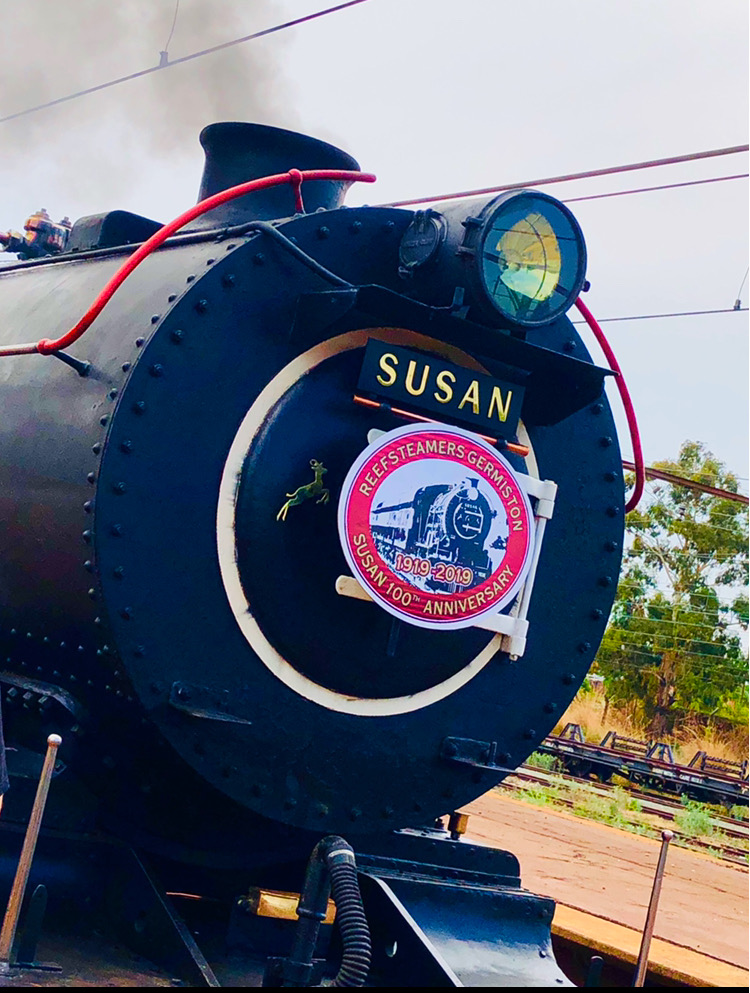|
Battle Of Colenso
The Battle of Colenso was the third and final battle fought during the Black Week of the Second Boer War. It was fought between British and Boer forces from the independent South African Republic and Orange Free State in and around Colenso, Natal, South Africa on 15 December 1899. Inadequate preparation, lack of reconnaissance and uninspired leadership led to a British defeat. Background Shortly before the outbreak of the war, General Sir Redvers Buller was dispatched to South Africa at the head of an army corps, and appointed Commander-in-Chief of British Forces in South Africa. On arrival, he found British garrisons besieged on widely separated fronts, with limited communications between the fronts. Having detached forces under Generals Lord Methuen and Gatacre to the western and central fronts, Buller assumed command of his largest detachment and proposed to lead it to the relief of a besieged British force in Ladysmith, in Natal. On this front, the Boers had conducte ... [...More Info...] [...Related Items...] OR: [Wikipedia] [Google] [Baidu] |
Second Boer War
The Second Boer War ( af, Tweede Vryheidsoorlog, , 11 October 189931 May 1902), also known as the Boer War, the Anglo–Boer War, or the South African War, was a conflict fought between the British Empire and the two Boer Republics (the South African Republic and the Orange Free State) over the Empire's influence in Southern Africa from 1899 to 1902. Following the discovery of gold deposits in the Boer republics, there was a large influx of "foreigners", mostly British from the Cape Colony. They were not permitted to have a vote, and were regarded as "unwelcome visitors", invaders, and they protested to the British authorities in the Cape. Negotiations failed and, in the opening stages of the war, the Boers launched successful attacks against British outposts before being pushed back by imperial reinforcements. Though the British swiftly occupied the Boer republics, numerous Boers refused to accept defeat and engaged in guerrilla warfare. Eventually, British scorched earth po ... [...More Info...] [...Related Items...] OR: [Wikipedia] [Google] [Baidu] |
Commandant-General
Commandant-general is a military rank in several countries and is generally equivalent to that of major-general. Argentina Commandant general is the highest rank in the Argentine National Gendarmerie, and is held by the national director of the gendarmerie and his senior deputies. Depending on the appointment, it may be equal to any Argentine army rank from brigade general to the highest Argentine army rank, lieutenant general. Ireland During the Irish Civil War of 1922–23, the Irregulars, or anti-Treaty IRA, applied this term to the leaders of their various brigades throughout the country. The term was acquired from the Boer ranks, through veterans of the Irish Transvaal Brigade. Italy The ''comandante generale'' (commandant general) in Fascist Italy's Blackshirts was the title of their head and was held by Benito Mussolini from 1922 to 1943. The title is now held by the commander of the ''Carabinieri''. Portugal and Brazil Historically, commandant-general ( pt, comandante- ... [...More Info...] [...Related Items...] OR: [Wikipedia] [Google] [Baidu] |
Standerton
Standerton is a large commercial and agricultural town lying on the banks of the Vaal River in Mpumalanga, South Africa, which specialises in cattle, dairy, maize and poultry farming. The town was established in 1876 and named after Boer leader Commandant A. H. Stander. During the First Boer War a British garrison in the town was besieged by the Boers for three months. General Jan Smuts won this seat during elections and went on to assist in setting up the League of Nations. Standerton is part of the Lekwa Local Municipality. History Standerton was founded in 1878 on a farm called ''Grootverlangen'' and named after its owner Commandant Adriaan Henrik Stander. The South African Republic's Volksraad approved the formation of a town at the drift in 1876 and proclaimed two years later. It was granted municipal status in 1903. The crossing over the Vaal River, now bridged, was known as ''Stander's Drift'' and a hill close to the town was called ''Standerskop'' were also named after St ... [...More Info...] [...Related Items...] OR: [Wikipedia] [Google] [Baidu] |
Wakkerstroom
Wakkerstroom, (''Awake Stream''), is the second oldest town in Mpumalanga province, South Africa. The town is on the KwaZulu-Natal border, 27 km east of Volksrust and 56 km south-east of Amersfoort. History The settlement was laid out on the farm Gryshoek by Dirk Cornelis (Swart Dirk) Uys (1814–1910), proclaimed in 1859 by President Pretorius, and administered by a village council from 1910. Swart Dirk Uys, who surveyed the property using a 50-yard thong made from an eland he shot on arrival, originally named the town Uysenburg, but the name was changed by the Executive Council of the South African Republic to Marthinus-Wesselstroom, after the president's first names, and also known as Wesselstroom. In 1904 the name of the town was changed again to Wakkerstroom, meaning "awake stream" or "lively stream", which is an Afrikaans translation of the Zulu name for the river (English: ''awake)'' that flows near the town. The courthouse, St. Mark's Church, and the old brid ... [...More Info...] [...Related Items...] OR: [Wikipedia] [Google] [Baidu] |
Krugersdorp, Gauteng
Krugersdorp (Afrikaans for ''Kruger's Town'') is a mining city in the West Rand, Gauteng Province, South Africa founded in 1887 by Marthinus Pretorius. Following the discovery of gold on the Witwatersrand, a need arose for a major town in the west of the reef. The government bought part of the Paardekraal farm and named the new town after the Transvaal president, Paul Kruger. Krugersdorp no longer has a separate municipal government after it was integrated into Mogale City Local Municipality along with surrounding towns. It is now the seat of government for Mogale City. History Krugersdorp is the site of a December 1880 gathering at which more than 6,000 men vowed to fight for the Transvaal's independence. Founded in 1887 by Marthinus Pretorius after the discovery of gold on his farm, ''Paardekraal'', thereafter the mining industry played an important role in the development of the city. Two important events in the history of South Africa: the Transvaal War of Independence (18 ... [...More Info...] [...Related Items...] OR: [Wikipedia] [Google] [Baidu] |
Vryheid, KwaZulu-Natal
Vryheid ( zu, IVryheid) is a coal mining and cattle ranching town in northern KwaZulu-Natal, South Africa. Vryheid is the Afrikaans word for "freedom". History After Boer farmers, who lived in the Vryheid area, had helped King Dinuzulu defeat his rival chief Zibhebhu for succession of the Zulu throne, land that they occupied was given to them by cession from the Zulu king along the banks of the Mfolozi River. On August 5, 1884 the Boers formed the ''Nieuwe Republiek'' (New Republic) with Vryheid as its capital and its sovereignty was recognized by Germany and Portugal. It was later incorporated into the South African Republic, but at the end of the Second Boer War the town and its surrounding area was absorbed into the Natal colony by the British. Vryheid is located along the Transnet Coalline. Education In 2007 Inkamana High School and Vryheid Comprehensive Secondary School were amongst several schools recognised as "historic schools". Funding of six million rand a year was e ... [...More Info...] [...Related Items...] OR: [Wikipedia] [Google] [Baidu] |
Heidelberg, Gauteng
Heidelberg is a town with 35,500 inhabitants in the Gauteng province of South Africa at the foot of the Suikerbosrand next to the N3 highway, which connects Johannesburg and Durban. History Heidelberg began in 1862 as a trading station built by a German, Heinrich Julius Ueckermann. A town was laid out around the store and named after Ueckermann's alma mater. In 1866, the District of Heidelberg was created from the eastern portion of the Potchefstroom district with its own ''landdroost'' (magistrate) having been laid out as a churchplace in 1865. Heidelberg is some 50 kilometres south-east of Johannesburg, close to the Mpumalanga border. Just south of the town is the De Hoek toll plaza on the newest section of the N3, which opened in December 2001. Heidelberg sits nestled at the eastern end of the Suikerbosrand Nature Reserve, a large tract of land that is home to Gauteng's highest point, almost 2,000 metres above sea level. Heidelberg has played an important part in South ... [...More Info...] [...Related Items...] OR: [Wikipedia] [Google] [Baidu] |
Zoutpansberg
Zoutpansberg was the north-eastern division of the Transvaal, South Africa, encompassing an area of 25,654 square miles. The chief towns at the time were Pietersburg and Leydsdorp. It was divided into two districts (west and east) prior to the first general election of the Union of South Africa in 1910. Since 2005 the area is divided into the Capricorn, Vhembe and Mopani district municipalities of Limpopo province. Voortrekkers This was the district to which Louis Tregardt and Hans van Rensburg, the forerunners of the Great Trek, journeyed in 1835. In 1845 Hendrik Potgieter, a prominent leader of the Voortrekkers, moved there. The Zoutpansberg Boers formed a semi-independent community, and in 1857 Stephanus Schoeman, their commandant-general, sided against Marthinus Pretorius and Paul Kruger when they invaded the Orange Free State. South African Republic It was not until 1864 that Zoutpansberg was definitively incorporated in the South African Republic as a result of the ... [...More Info...] [...Related Items...] OR: [Wikipedia] [Google] [Baidu] |
Ermelo, Mpumalanga
Ermelo () is the educational, industrial and commercial town of the 7,750 km2 Gert Sibande District Municipality in Mpumalanga province, Republic of South Africa. It is both a mixed agriculture and mining region. It is located 210 km east of Johannesburg. History Some of the earliest inhabitants of the area were the Leghoya people. Not much is known about them, but ruins of their settlements dating back to c.1400 can be found in the area. During the mid-1800s, the area prior to the formation as a village, was an ''outspan'' area for resting teams of draw animals transporting goods across the region mainly due to the water of the small lakes dotting the area. Modern Ermelo was founded by Dutch Reformed Church Reverend Frans Lion Cachet (1835–1899). He would minister to the many farms in the area. A congregation was started by Cachet in 1870, and was recognised by the 5th annual general meeting of the church in April 1872. The town was formed on the farm ''Nooitgedacht' ... [...More Info...] [...Related Items...] OR: [Wikipedia] [Google] [Baidu] |
Orange Free State
The Orange Free State ( nl, Oranje Vrijstaat; af, Oranje-Vrystaat;) was an independent Boer sovereign republic under British suzerainty in Southern Africa during the second half of the 19th century, which ceased to exist after it was defeated and surrendered to the British Empire at the end of the Second Boer War in 1902. It is one of the three historical precursors to the present-day Free State province. Extending between the Orange and Vaal rivers, its borders were determined by the United Kingdom of Great Britain and Ireland in 1848 when the region was proclaimed as the Orange River Sovereignty, with a British Resident based in Bloemfontein. Bloemfontein and the southern parts of the Sovereignty had previously been settled by Griqua and by '' Trekboere'' from the Cape Colony. The ''Voortrekker'' Republic of Natalia, founded in 1837, administered the northern part of the territory through a ''landdrost'' based at Winburg. This northern area was later in federation wi ... [...More Info...] [...Related Items...] OR: [Wikipedia] [Google] [Baidu] |
Johannesburg
Johannesburg ( , , ; Zulu and xh, eGoli ), colloquially known as Jozi, Joburg, or "The City of Gold", is the largest city in South Africa, classified as a megacity, and is one of the 100 largest urban areas in the world. According to Demographia, the Johannesburg–Pretoria urban area (combined because of strong transport links that make commuting feasible) is the 26th-largest in the world in terms of population, with 14,167,000 inhabitants. It is the provincial capital and largest city of Gauteng, which is the wealthiest province in South Africa. Johannesburg is the seat of the Constitutional Court, the highest court in South Africa. Most of the major South African companies and banks have their head offices in Johannesburg. The city is located in the mineral-rich Witwatersrand range of hills and is the centre of large-scale gold and diamond trade. The city was established in 1886 following the discovery of gold on what had been a farm. Due to the extremely large gold ... [...More Info...] [...Related Items...] OR: [Wikipedia] [Google] [Baidu] |
Middelburg, Mpumalanga
Middelburg is a large farming and industrial town in the South African province of Mpumalanga. History It was initially established as a halfway station between Lydenburg and Pretoria by the Republic of Lydenburg in 1860. That republic would merge with the South African Republic (ZAR) soon afterwards. The proposed town was established on two farms, ''Klipfontein'' and ''Keerom'' but when the Dutch Reformed Church established a church next door on the farm ''Sterkfontein'', the town would be moved there. It was established as Nasareth, in 1864 by the Voortrekkers on the banks of the Klein Olifants River. It was changed in 1872 to Middelburg to mark its location between the Transvaal capital Pretoria, and the gold mining town of Lydenburg. The Dutch Reformed church was built in 1890. The British built a large concentration camp in Middelburg during the Second Boer War. The Memorial Museum was built at the site next to the 1,381 graves of women and children who died in the conce ... [...More Info...] [...Related Items...] OR: [Wikipedia] [Google] [Baidu] |







